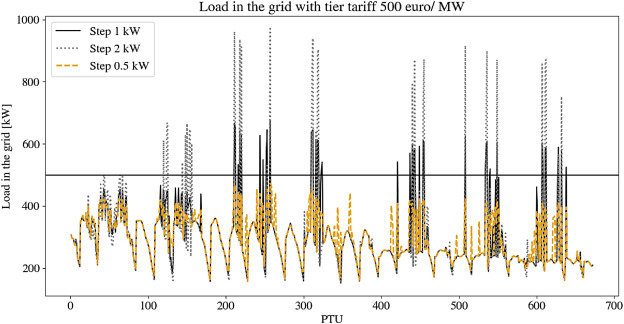Demand response: for congestion management or for grid balancing?
Every study about the energy transition stresses the importance of the role of flexible demand of electricity: when electricity comes from sun or wind, it needs to be used at those moments when it is available (as electricity is difficult to store for later use).
A second use of the flexibility of demand is to prevent congestion in the electricity grid: especially with the increasing use of electrical energy such as by electrification of transportation and heating, at many places there will be times when the capacity of the grid is insufficient for this increased demand. If demand is flexible however, it can be shifted to periods where there is no congestion.
These two uses of demand response are conflicting: when there is imbalance the shifting of loads to that moment may create congestion, whereas the shifting of loads in time to prevent congestion creates an imbalance. This raises two new issues: 1) what is a good network tariff and market mechanism to facilitate demand response for balancing while preventing overloading the grid and blackouts, 2) how to decide when and where to reinforce the grid (first) to increase the potential for demand response for balancing?
Anna Stawska contributes towards solving these issues by showing how different network tariffs influence the flexibility traded on the imbalance market: for example, she shows that an energy-based network tariff cannot be used to prevent congestion, but that a network tariff based on peak load can, but it has to be set quite high to always prevent congestion, leading to a significant reduction of participation in the imbalance market — also at moments without congestion. She furthermore identifies several issues with a so-called flexibility market where aggregators of flexible demand are payed not to use the network during certain times. Concluding that none of the currently used network tariffs is ideal but leaving room for new variants to be studied. The research method she uses for quantitatively analysing the effect of network tariffs is therefore maybe currently the most important contribution. She explains her work in this video lecture, recorded last month.
See here for the full paper (published in Energy Policy): https://doi.org/10.1016/j.enpol.2020.111920




Leave a Reply
You must be logged in to post a comment.